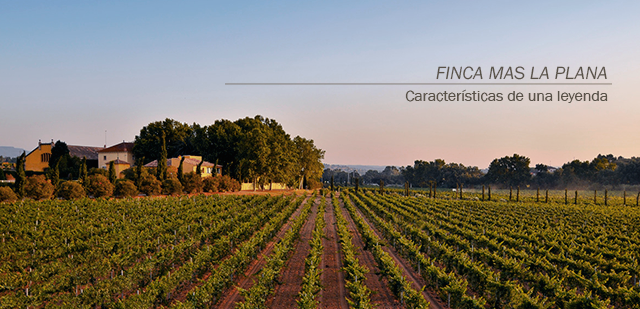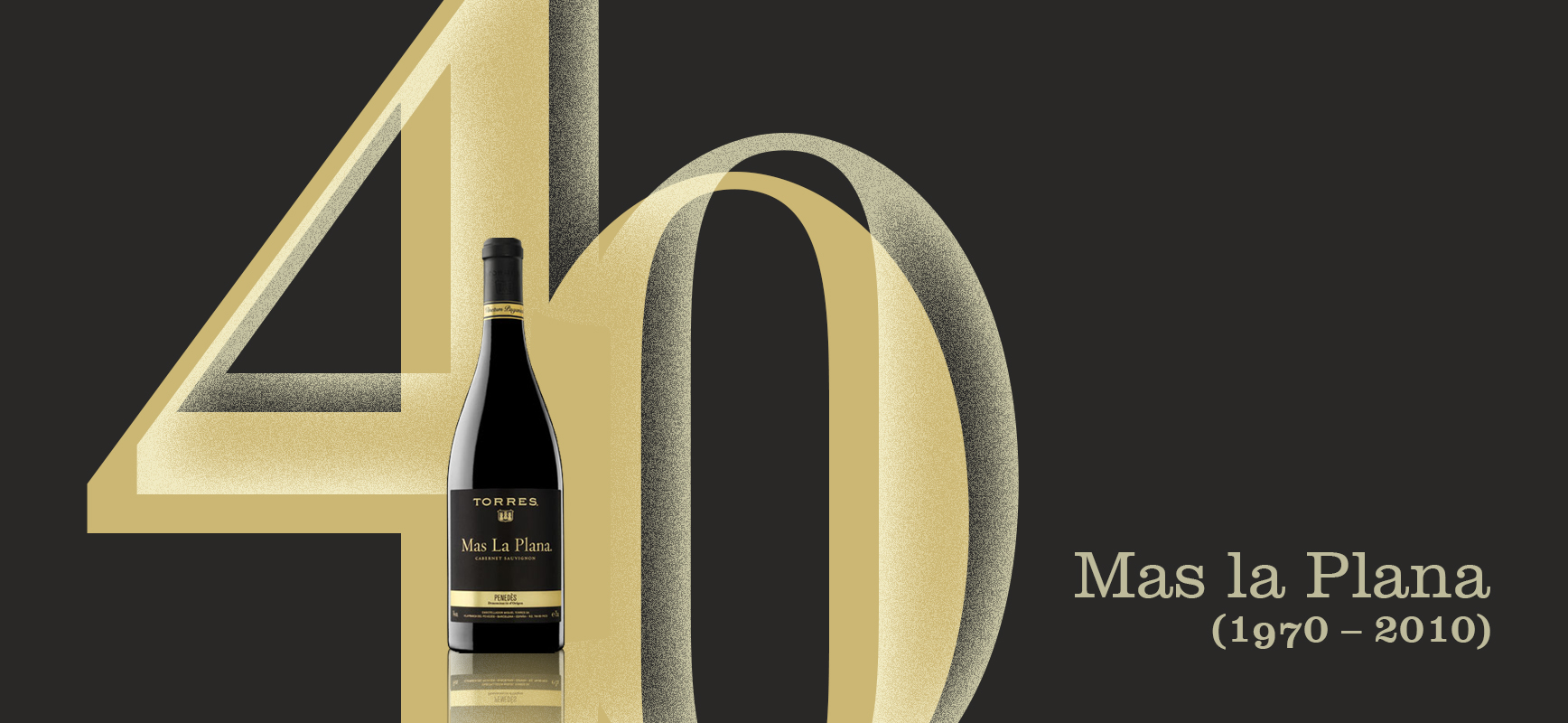Mas La Plana Vineyard: Traits of a legend

Every bottle of Mas La Plana contains the collective expression of a complex balancing act—fortuitous, unpredictable, natural—that turns the entire region, and particularly the Mas La Plana vineyard, into a sort of ampelographic garden. Here history, climate, geological features and biodiversity form an alliance that, guided by the winery's expertise, represents the genesis and birthplace of the Spanish Cabernet Sauvignon par excellence.
Mas La Plana is a product of its time, a vineyard that broke new ground in Spain, much like other Cabernets did in California and Italy.
MAS LA PLANA AND THE PENEDÈS
The geographic and climatic characteristics of the region, which is influenced by its proximity to the sea as well as high mountain areas, allows for different microclimates to exist side by side. This makes it possible to grow a multitude of varieties to produce still, sweet and sparkling wines of proven quality. In fact, the region was a winegrowing area as far back as the Roman Empire when imperial settlers lived in country houses called villae rusticae, now known as masos or masías.
In addition to vineyards, the vegetation of the Penedès features olive and almond trees and holm oaks—the Mediterranean embodied in tree form. Looking up, one sees greenfinches, goldfinches, even the majestic Bonelli's eagle gliding across the sky.
It is an ecological corridor; a defined geographic space that connects different landscapes, ecosystems and habitats. Insects like bees aid pollination and help maintain biodiversity and ecological and evolutionary processes in the area.
THE VINEYARD
The first vines were planted in collaboration with Jean Leon who first introduced and cultivated this variety in Catalonia.
- Located in the central Penedès at about 500 meters above sea level, the Mas La Plana vineyard extends across 29 hectares exclusively planted with Cabernet Sauvignon. Around the vineyard are paths, forests, country houses and the brand new Mas La Plana winery.
- The region has rolling hills of different elevations, sheltered by the Mediterranean climate, which brings rainfall to the highest peaks in spring and autumn and hot, dry summers.
- The annual mean temperature is 15 degrees Celsius, and the deep vineyard soils developed over alluvial material, mainly Quaternary gravels and silts.
- Given these circumstances, the vines are planted in rows oriented in such a way that the plants' sun exposure is evenly balanced. Furthermore, the planting density is high, forcing the vines to compete for water and nutrients. This results in lower-yielding plants, which produce smaller berries with higher concentration—an absolute must for top-quality wines.
- Plant cover between the rows creates a vast natural carpet that provides several benefits, including less erosion, increased organic matter and soil biodiversity, and the supplanting of adventitious weeds. At the same time, it reduces plant vigor, which results in more concentrated and higher-quality grapes.
- It is worth noting that many of the most revolutionary, quality-oriented skills and techniques developed in 21st-century viticulture were first implemented at this vineyard, including environmental awareness, limited quality production, and the study of, and division into parcels, of the land.
As you can see, Mas La Plana did not come about by coincidence. Understanding and protecting our environment has pushed us to make better wine and become better winegrowers. We see our profession as a necessary and passionate reflection of the land’s true expression—a land that is not only our livelihood, but our life.



